OpenAI ChatGPT Review
As an AI model developed by OpenAI, ChatGPT has garnered attention and feedback for its capabilities in generating human-like text and engaging in conversations. Here are some aspects commonly mentioned in reviews or discussions about OpenAI’s ChatGPT:
- Natural Language Understanding: Users often appreciate ChatGPT’s ability to understand and generate human-like text, making interactions feel more natural and conversational.
- Broad Knowledge Base: It’s praised for its wide-ranging knowledge across various topics, providing information, explanations, and insights on diverse subjects.
- Assistance and Guidance: Users find ChatGPT helpful in answering questions, providing explanations, and offering guidance on a wide array of topics, serving as an informational resource.
- Learning and Improvement: OpenAI continually updates and refines ChatGPT, allowing it to learn from interactions and improve its responses over time.
- Limitations: While versatile, ChatGPT might have limitations in providing highly specialized or context-specific information. Some users note instances where it might not have the most up-to-date data or could generate inaccurate or irrelevant responses.
- Ethical Guidelines: OpenAI emphasizes ethical guidelines in AI interactions, aiming to ensure responsible and respectful interactions between AI and users.
Feedback on AI models like ChatGPT can vary based on individual experiences and expectations. Some users appreciate its abilities in generating coherent and relevant text, while others may encounter limitations in certain scenarios.
As of my last update in January 2022, OpenAI continues to refine and develop AI models, so newer versions or improvements may have been introduced, potentially enhancing the capabilities and performance of ChatGPT.
Is it safe to use OpenAI chat?
Using OpenAI’s chat systems, including ChatGPT, is generally considered safe within the context of following normal internet safety practices. However, here are some points to consider:
- Privacy: OpenAI’s chat systems don’t store personal data from interactions. However, exercise caution not to share sensitive, personal, or confidential information as a general internet safety measure.
- Content Generation: While the AI strives to provide accurate information, it might not always have the most up-to-date data or could generate incorrect information. Verify critical or important information from reliable sources.
- Responsible Use: OpenAI encourages responsible use of its chat systems, including adherence to ethical guidelines and refraining from using the technology for harmful, malicious, or abusive purposes.
- AI Limitations: AI models have limitations. While they aim to simulate human-like conversation and understanding, they might not fully comprehend nuances, context, or emotions in the same way humans do.
- Supervised Use: When using AI chat systems, especially for educational or research purposes, it’s advisable to supervise interactions, especially for younger users, to ensure appropriate content and guidance.
OpenAI strives to promote responsible and ethical AI use. As with any online interaction, it’s essential to use discretion, verify information from reliable sources, and exercise caution while engaging with AI systems or sharing information online.
Is the ChatGPT app any good?
As of my last update in January 2022, OpenAI hadn’t released a standalone ChatGPT app. However, there might have been developments or new releases since then that I’m not aware of.
If there is now an app specifically for ChatGPT, its quality and usefulness could depend on various factors, such as:
- User Interface: The app’s design, ease of use, and interface can significantly impact the overall user experience.
- Functionality: The app’s features, capabilities, and how well it simulates human-like conversations would be crucial to its effectiveness.
- Reliability and Accuracy: The accuracy of responses, relevance of information, and the AI’s ability to understand and generate appropriate text would determine the app’s usefulness.
- Updates and Support: Regular updates, bug fixes, and support from the developers are essential for maintaining the app’s quality.
If there’s a ChatGPT app available now, consider checking user reviews, app descriptions, and official information from OpenAI or the app store to gauge its quality, features, and user satisfaction. Additionally, exploring the app yourself and assessing its performance based on your preferences and needs would provide the most accurate assessment of its quality and usefulness.
Is paying for ChatGPT worth it?
OpenAI hadn’t directly offered a paid version of ChatGPT for individual users. However, they had various offerings for businesses and developers through APIs and enterprise solutions.
The value of paying for a service like ChatGPT would depend on your specific needs and use cases. Here are some considerations:
- Business or Development Use: If you’re a developer, researcher, or business looking to integrate AI capabilities into your applications, paying for access to OpenAI’s API or enterprise solutions could be valuable for enhancing products or services.
- Customization and Control: Paid versions might offer additional features, customization options, higher usage limits, or dedicated support, which could be beneficial for specific projects or applications.
- Personal Use: As of my last update, individual users typically accessed OpenAI’s chat systems like ChatGPT through free platforms or limited-use APIs, without a direct payment model. Therefore, assessing the value of paying for individual use would depend on the offered features and benefits provided by a paid version, which could include enhanced capabilities or ad-free experiences, if available.
Since developments might have occurred after my last update, it’s advisable to check OpenAI’s official website or announcements to see if there have been new offerings, features, or payment models introduced for ChatGPT. Evaluate the features, benefits, and pricing against your specific needs to determine if paying for access to ChatGPT aligns with your requirements and provides sufficient value.
What is the difference between OpenAI Playground and OpenAI ChatGPT?
OpenAI Playground and OpenAI ChatGPT are different tools developed by OpenAI for different purposes:
- OpenAI Playground: It’s an environment designed to showcase and interact with various AI models, including language models like GPT (Generative Pre-trained Transformer). The Playground allows users to input prompts and observe how different models generate text or respond to queries. It’s more of an experimental platform where users can test and explore the capabilities of different AI models.
- OpenAI ChatGPT: This refers to OpenAI’s conversational AI models, specifically those based on GPT (Generative Pre-trained Transformer). ChatGPT models are trained to simulate human-like conversation and understand natural language input. They aim to engage in conversations, provide information, answer questions, and generate text based on user prompts.
In essence, the Playground is a platform for experimenting and interacting with various AI models, including ChatGPT, among others, while ChatGPT specifically refers to the conversational AI models developed by OpenAI for human-like interactions and text generation.
Users can utilize the Playground to explore and test different AI models, including ChatGPT, and observe how these models generate text or respond to specific prompts in a controlled environment.
Should I give OpenAI my phone number?
OpenAI didn’t typically require users to provide their phone numbers directly for accessing or using their AI models or platforms like ChatGPT.
However, circumstances might have changed since then, and OpenAI might have introduced new services, products, or verification processes that require or request phone numbers for specific purposes, such as account verification or communication.
If you’re being asked to provide your phone number by OpenAI, it’s advisable to consider the context and purpose for which it’s being requested:
- Verification: Some platforms might require phone numbers for account verification or to enhance security measures.
- Communication: OpenAI might use phone numbers for communication purposes, such as sending notifications, updates, or important information related to their services or products.
Before providing your phone number, ensure that you’re interacting with a legitimate OpenAI platform or service by verifying the website’s authenticity and checking official communications or documentation from OpenAI.
Always prioritize your privacy and be cautious about sharing personal information online. If you’re uncertain about providing your phone number or uncomfortable with the request, consider reaching out to OpenAI’s official support or reviewing their privacy policy for more information about how your data, including phone numbers, will be used and protected.
What are the risks of OpenAI?
OpenAI, like many technology organizations dealing with AI development and deployment, poses certain risks and considerations:
- Ethical Use: There’s a risk of AI misuse or unethical use. AI models like those developed by OpenAI could be used for malicious purposes, spreading misinformation, generating harmful content, or manipulating individuals if not used responsibly.
- Privacy Concerns: AI models, including OpenAI’s, might collect and process data for training and improving the models. There could be concerns about user privacy if sensitive or personal data is used without adequate consent or protection measures.
- Bias and Fairness: AI models might inadvertently reflect biases present in the data they were trained on. OpenAI and other organizations aim to mitigate bias, but it’s essential to address fairness concerns in AI-generated content.
- Dependency on AI: Over-reliance on AI models for decision-making or content generation without human oversight could lead to errors, misinformation, or unintended consequences.
- Security Risks: AI models could potentially be vulnerable to attacks or manipulations, leading to security risks if they’re exploited or compromised.
- Regulatory and Legal Concerns: As AI technology advances, there could be evolving regulations and legal frameworks governing its use, leading to compliance challenges for organizations like OpenAI.
To mitigate these risks, OpenAI and similar organizations often emphasize responsible AI development, ethical guidelines, privacy protections, transparency, and ongoing research into improving AI fairness and safety. Users and developers also play a crucial role in ensuring responsible AI usage by adhering to ethical guidelines and best practices when using AI technologies.
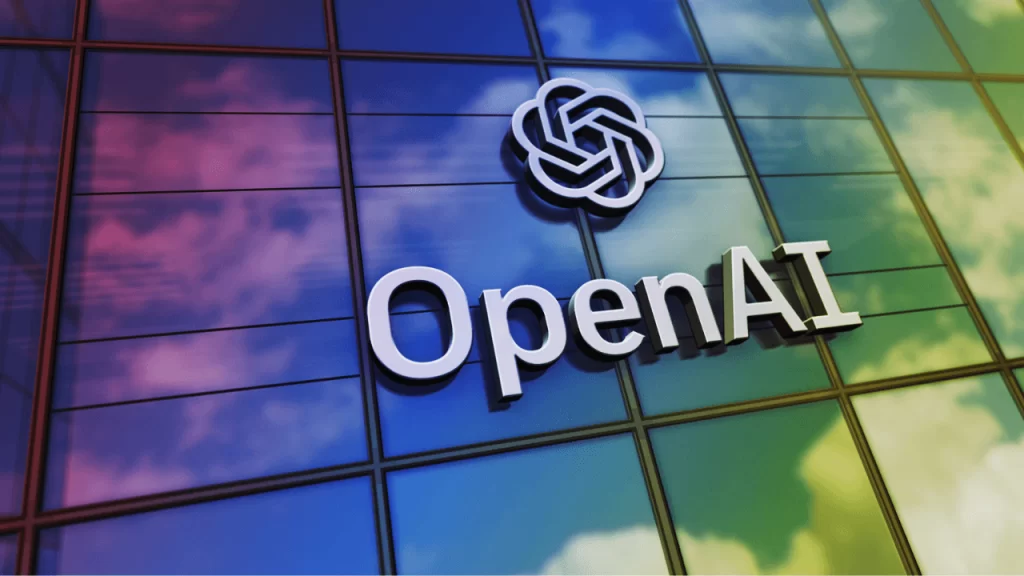
Is OpenAI GPT safe?
OpenAI’s GPT (Generative Pre-trained Transformer) models, including those used in ChatGPT, are designed and developed with safety in mind. However, like any AI technology, they come with considerations and guidelines for responsible use:
- Ethical Use: OpenAI emphasizes responsible and ethical AI use, outlining guidelines to prevent misuse, harmful content generation, or malicious activities.
- Privacy Protections: GPT models do not store personal data from interactions, but caution should be exercised not to share sensitive or confidential information during conversations.
- Content Quality: While GPT aims to generate accurate and relevant content, there might be instances of errors, inaccuracies, or generated content that doesn’t align with factual information.
- Guardrails and Monitoring: OpenAI employs various guardrails, filters, and monitoring mechanisms to prevent the generation of harmful or inappropriate content.
- Continuous Improvement: OpenAI continually works on improving its models for accuracy, safety, and reducing biases by implementing new techniques and technologies.
Users should also be aware of the limitations of AI models like GPT, such as their inability to fully understand context, emotions, or provide nuanced interpretations. It’s important to use such tools responsibly and not solely rely on AI-generated content without verification.
While OpenAI aims for safety and responsible AI usage, users should exercise caution, verify critical information from reliable sources, and follow best practices for online interactions when using GPT models or any AI-generated content.
Is ChatGPT an Elon Musk product?
ChatGPT is not directly an Elon Musk product. However, Elon Musk was one of the co-founders of OpenAI, the organization behind ChatGPT. Musk was involved in the initial stages of OpenAI’s formation and supported its mission to develop artificial intelligence in a safe and beneficial manner for humanity.
OpenAI operates as an independent research organization with its own team of researchers, engineers, and scientists working on various AI projects, including language models like ChatGPT. While Musk was involved in the founding and early stages of OpenAI, he is not directly responsible for the day-to-day operations or the development of specific AI models like ChatGPT.
What are the negative effects of ChatGPT?
While ChatGPT and similar AI models offer numerous benefits, there are some potential negative effects to consider:
- Bias Amplification: AI models can inadvertently perpetuate or amplify existing biases present in the data they are trained on. This can lead to reinforcement of stereotypes or discriminatory language.
- Misinformation: The AI may generate incorrect information or answers based on flawed or inaccurate data it has been trained on, potentially spreading misinformation.
- Dependence and Reduced Critical Thinking: Over-reliance on AI for information may diminish critical thinking skills or discourage individuals from seeking diverse perspectives or verifying information independently.
- Privacy Concerns: Sharing sensitive or personal information with AI systems could potentially lead to privacy risks if the data is mishandled or not properly secured.
- Job Displacement: There are concerns that advanced AI systems like ChatGPT could automate tasks currently performed by humans, potentially leading to job displacement in certain industries.
- Emotional Impact: While AI may simulate empathy or understanding, it lacks genuine emotions. Relying too heavily on AI for emotional support might lead to a lack of authentic human connection.
To mitigate these negative effects, ongoing research and ethical considerations in AI development are crucial. Implementing strict guidelines, diverse and inclusive training data, transparency in AI decision-making, and educating users about AI limitations can help address these concerns.
How long can I use OpenAI?
OpenAI provides access to its models and services through various means, including API subscriptions or access to platforms that utilize OpenAI’s technology. The duration of your use typically depends on the subscription or agreement you have with OpenAI or the platform utilizing OpenAI’s services.
For instance, if you have an API key for accessing GPT models, the usage might be based on the number of requests or tokens provided within a specific time frame (e.g., per month). Platforms or applications using OpenAI might have their own terms and limitations regarding usage.
If you’re referring to using OpenAI for research, development, or personal projects, there might not be a strict time limit, but usage might be subject to any changes in OpenAI’s policies or access methods over time.
The specifics can vary based on the context and the type of access or agreement you have. If you’re using a service or platform that utilizes OpenAI, checking their terms of service or agreement would provide insights into the duration and limitations of your usage.
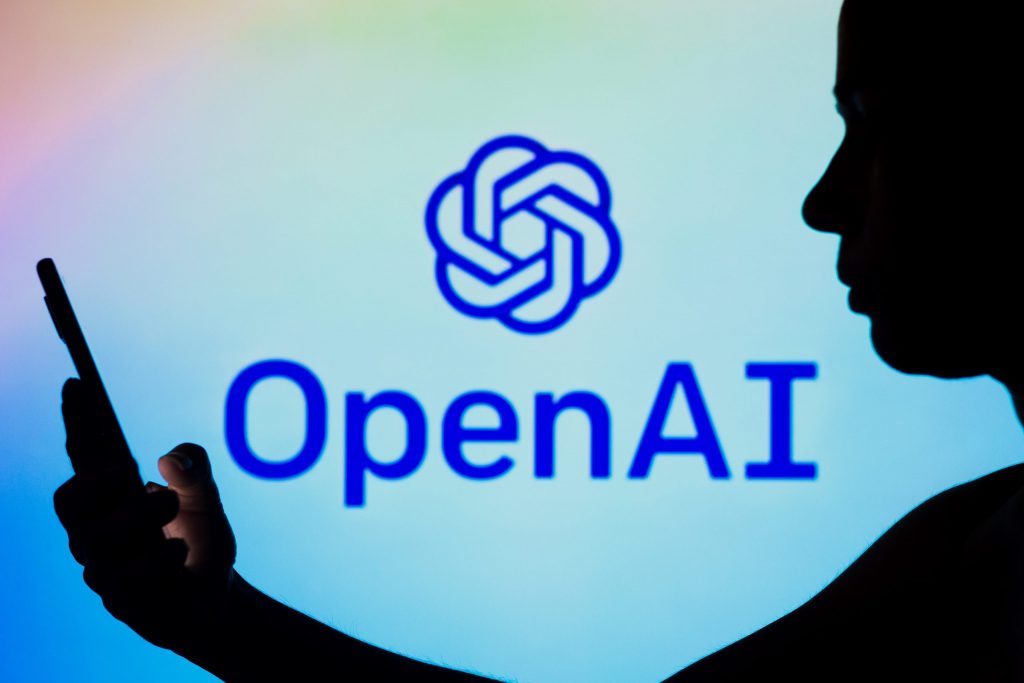
Is OpenAI data safe?
OpenAI takes data security and privacy seriously, implementing measures to safeguard user data. They use encryption, access controls, and other security protocols to protect the data they collect and store. However, like any organization dealing with data, there’s always some level of risk.
Here are some measures OpenAI takes to ensure data safety:
- Encryption: Data is often encrypted both in transit and at rest to prevent unauthorized access.
- Access Controls: Access to user data is restricted to authorized personnel only, following strict access control policies.
- Anonymization and Aggregation: OpenAI may use anonymization techniques or aggregate data to minimize the risk of individual identification.
- Regular Security Audits: OpenAI likely conducts regular security audits and assessments to identify and mitigate potential vulnerabilities in their systems.
- Compliance with Regulations: They aim to comply with relevant data protection laws and regulations to ensure data privacy and security.
However, no system is entirely immune to risks. Users can also contribute to data safety by being cautious about the information they share and ensuring they use secure channels when interacting with OpenAI services.
It’s always a good practice to review privacy policies, terms of service, and data handling practices of any service or platform you use to understand how your data is collected, stored, and used.
Is OpenAI free to use?
OpenAI offers various services and products, some of which have free tiers or limited access, while others require a subscription or payment for full access.
For instance, OpenAI has provided access to certain versions of its language models, like GPT-3, through APIs that developers can use by paying for usage based on the number of requests or tokens consumed. These APIs often come with a limited free tier for experimentation or low-volume usage.
However, access to more advanced features, larger models, or higher usage limits often requires a paid subscription or custom agreement with OpenAI.
Additionally, OpenAI has also collaborated with partners or integrated its technology into platforms or products where the accessibility and pricing might be determined by the partner’s offerings.
The availability of free usage or the pricing structure may change over time as OpenAI updates its services, introduces new products, or revises its pricing models. Checking their official website or contacting OpenAI directly would provide the most current information regarding their pricing and access options.

What are the disadvantages of GPT?
While GPT (Generative Pre-trained Transformer) models like GPT-3 offer groundbreaking capabilities, there are certain limitations and potential disadvantages associated with them:
- Lack of Contextual Understanding: GPT models generate text based on patterns in the data they’ve been trained on but may lack true understanding of context or the ability to grasp nuances and deeper meanings in some cases.
- Bias and Ethical Concerns: GPT models can inadvertently reflect and perpetuate biases present in the training data, potentially leading to biased or inappropriate outputs.
- Generating Inaccurate or Misleading Information: GPT models might generate text that is factually incorrect, outdated, or misleading, especially when dealing with complex or rapidly changing information.
- Limited Creativity and Originality: While GPT can produce human-like text, its creativity is limited by the data it was trained on, potentially leading to repetitive or formulaic responses.
- Dependency and Reduced Critical Thinking: Over-reliance on GPT for information or decision-making might reduce individuals’ inclination for critical thinking or verifying information from multiple sources.
- Sensitive Content Generation: GPT models might generate sensitive, inappropriate, or offensive content, especially when prompted with inputs that exploit its capabilities to create such content.
- Resource Intensive: Training and using large-scale language models like GPT require significant computational resources, making it inaccessible for smaller organizations or individuals without access to robust computing power.
Addressing these limitations involves ongoing research and development in AI ethics, bias mitigation techniques, improving model interpretability, enhancing contextual understanding, and raising awareness among users about the capabilities and limitations of these models.
Which is best ChatGPT app?
Determining the “best” ChatGPT app can vary based on personal preferences, specific use cases, and the features you prioritize. Here are a few popular apps or platforms that have integrated GPT models:
- OpenAI’s GPT-3 Playground: OpenAI provides a web-based interface called the GPT-3 Playground, allowing users to interact directly with the GPT-3 model. It’s a good starting point to explore GPT-3’s capabilities.
- AI Dungeon: This text-based adventure game uses GPT-3 to generate interactive stories and scenarios based on user input. It allows for creative storytelling and gameplay.
- Copy.ai: This platform uses GPT-3 to generate various types of content, including marketing copy, product descriptions, social media posts, and more.
- ChatGPT on Messaging Platforms: Some messaging apps or platforms integrate GPT-based chatbots for various purposes, such as customer service, productivity, or entertainment. Examples include Discord bots, Slack integrations, or Telegram chatbots.
- Other Custom Applications: Several developers and companies have integrated GPT models into their own applications or services for specific purposes, such as language translation, content creation, coding assistance, and more.
The “best” ChatGPT app for you depends on your intended use, whether it’s for gaming, content creation, productivity, or something else entirely. Exploring different applications and platforms that leverage GPT can help you find one that aligns with your needs and preferences.
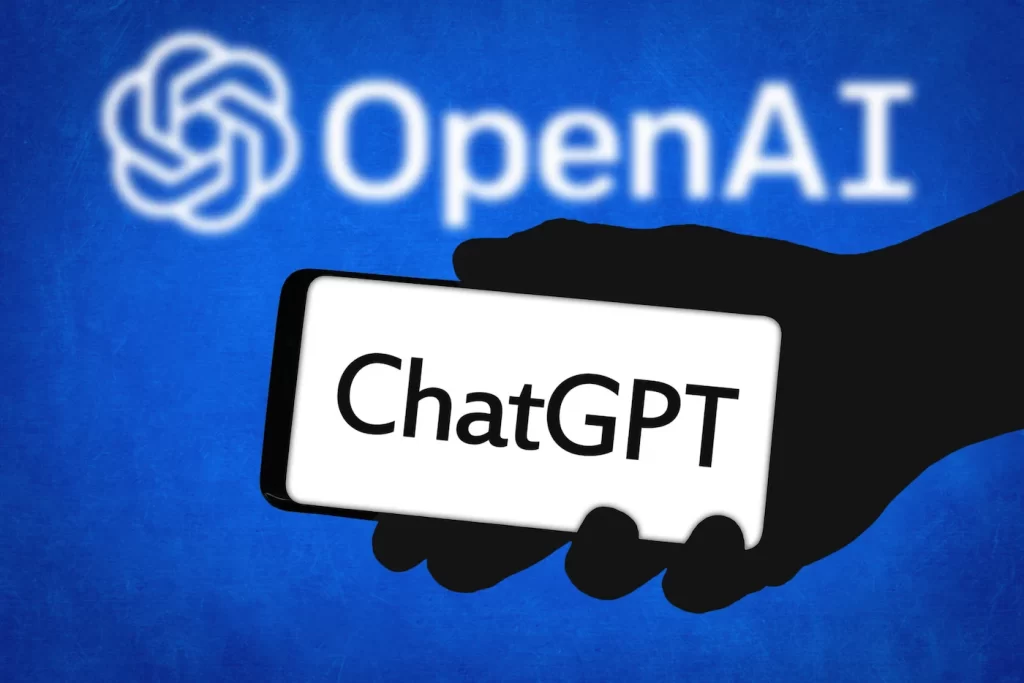
Which is the better ChatGPT app?
Determining the “better” ChatGPT app depends on what you’re looking for in terms of features, usability, and your specific use case. Each app or platform leveraging ChatGPT might excel in different aspects. Here are a few considerations to help you determine what might be better for you:
- Functionality: Some apps might specialize in certain functionalities like generating creative writing, assisting in coding, or providing customer support. Choose based on the specific tasks or interactions you’re interested in.
- User Interface: Consider the user interface and ease of interaction. Some platforms offer a more user-friendly experience or have interfaces tailored for specific tasks.
- Customization and Integration: Look for platforms that allow customization or integration with other tools or systems if you have specific requirements for your project or workflow.
- Accuracy and Responsiveness: Evaluate how well the app understands and responds to your inputs. Some apps might be more accurate or contextually aware based on their implementation.
- Privacy and Data Handling: Consider the app’s policies regarding data privacy and how they handle the information you provide.
Ultimately, the “better” ChatGPT app is subjective and depends on your unique needs. Exploring and trying out different apps or platforms can help you find the one that suits your preferences and specific use case the most.
Who owns ChatGPT?
ChatGPT is a product developed by OpenAI, a research organization dedicated to ensuring artificial general intelligence (AGI) benefits all of humanity. OpenAI was founded in December 2015 as a non-profit artificial intelligence research company. However, it later transitioned into a for-profit entity named OpenAI LP, which is governed by the OpenAI Charter and operates with the mission to conduct cutting-edge AI research and ensure its benefits are shared widely.
OpenAI’s work involves developing various AI models, including language models like GPT (Generative Pre-trained Transformer) series, which includes models like GPT-3, GPT-4, and so on. As of my last update in January 2022, OpenAI remains the primary entity behind the development and ownership of ChatGPT and its underlying models.
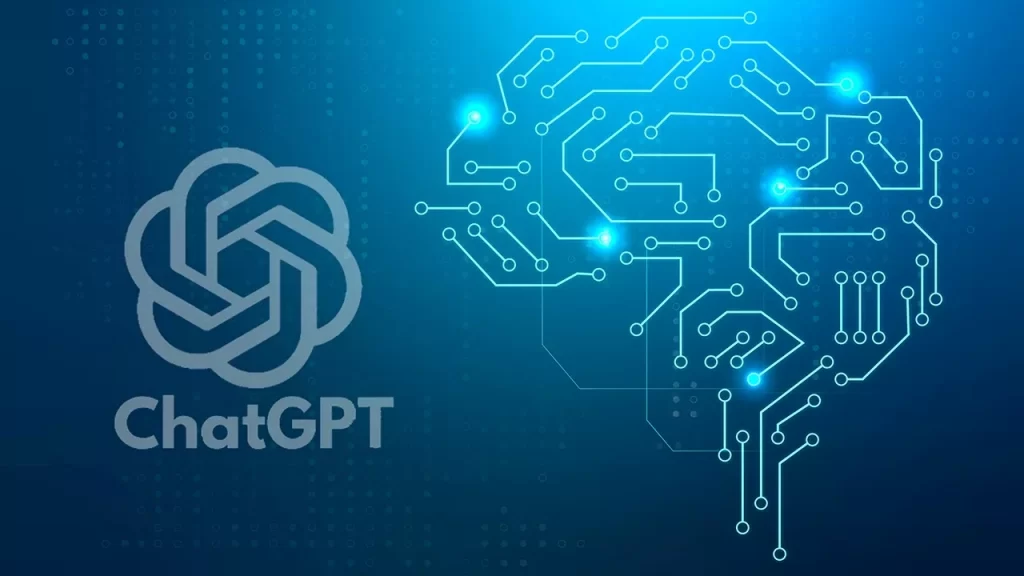
Can ChatGPT generate images?
ChatGPT primarily specializes in generating text-based content and responses rather than creating images. The GPT (Generative Pre-trained Transformer) models developed by OpenAI, including GPT-3, are designed for natural language understanding and generation.
However, OpenAI has developed other models and projects capable of generating images, such as DALL-E, which is specifically focused on generating images from textual descriptions. DALL-E utilizes a different architecture and approach compared to GPT models and is tailored for image generation based on text prompts.
While ChatGPT itself doesn’t generate images, OpenAI has developed a diverse range of AI models for various purposes, and they might have new projects or models capable of generating images or multimedia content. Checking OpenAI’s latest updates or announcements would provide information about any advancements in image generation or related capabilities.
Who owns OpenAI?
OpenAI operates as a for-profit entity named OpenAI LP. It’s governed by the OpenAI Charter and is controlled by its investors and leadership team. The ownership of OpenAI, in terms of financial stakes and control, involves a group of investors, which may include individuals, venture capital firms, and other entities.
Initially established as a non-profit AI research company in 2015, OpenAI later transitioned to a for-profit model to attract significant investment and further its goals of conducting cutting-edge AI research. While the specifics of ownership might not be publicly disclosed in detail, investors in OpenAI likely have financial stakes in the company and influence its direction and decisions.
The primary mission of OpenAI is to conduct research and development in artificial intelligence while aiming to ensure the benefits of AI are shared widely and that its deployment is safe and aligned with societal goals.
Will GPT-4 be free?
The pricing or accessibility of GPT-4 hadn’t been officially announced by OpenAI. The availability and pricing of new versions of AI models like GPT-4 are typically determined by OpenAI’s business strategies, market demand, and the specific terms and conditions they set.
OpenAI has previously offered different models, including GPT-3, through APIs with various pricing tiers, including limited free access for experimentation or low-volume usage, and paid tiers for higher usage limits.
Whether GPT-4 will have a free tier or be entirely paid for remains uncertain until OpenAI announces specific details about its release and pricing structure. It’s common for AI models of this magnitude to have both free and paid access tiers, but the specifics can vary based on OpenAI’s decisions and market considerations at the time of its launch.
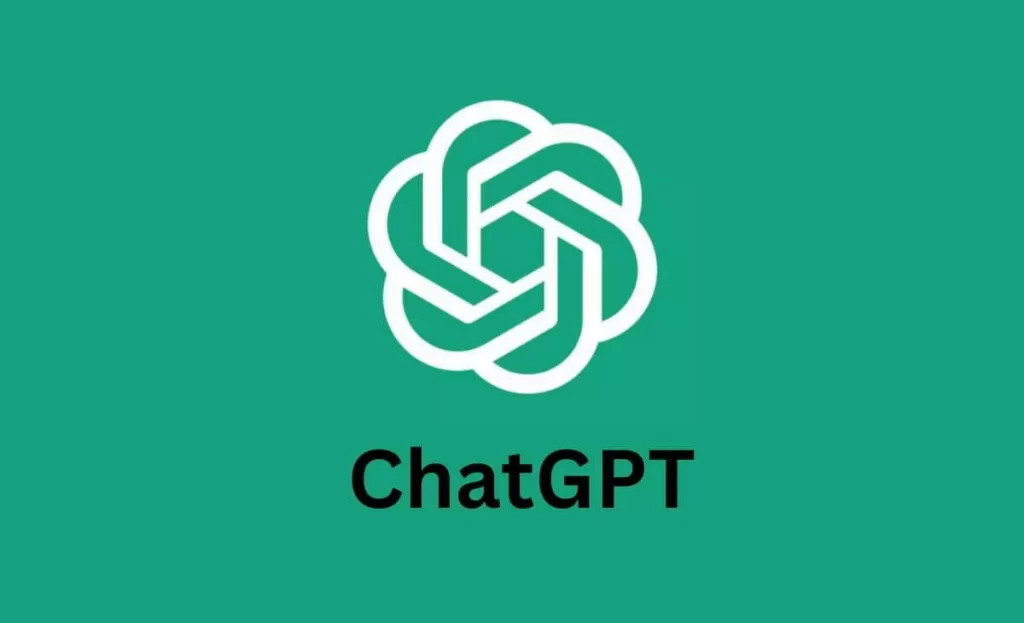
Which is better OpenAI or Google?
Comparing OpenAI and Google is a bit complex as they operate in different ways within the field of artificial intelligence:
- Focus and Specialization: OpenAI focuses primarily on artificial general intelligence (AGI) research, aiming to develop AI systems capable of learning and performing tasks across various domains. They prioritize ethical AI development and ensuring that the benefits of AI are shared broadly.
- Google’s AI Efforts: Google has a vast AI research division and implements AI across its products and services, utilizing it for things like search algorithms, language translation, image recognition, and more. Google’s AI efforts are diverse and span numerous applications.
- Public Accessibility: OpenAI has made some of its models available for public access through APIs, enabling developers and businesses to leverage powerful language models like GPT-3 for various applications. Google, on the other hand, often integrates AI into its own products and services rather than providing direct public access to its cutting-edge AI models.
Determining which is “better” depends on the specific context and the aspect of AI you’re considering. OpenAI is more focused on AGI research and ethical AI, while Google has a broad spectrum of AI applications integrated into its products and services.
Both organizations have made significant contributions to the field of AI, and they have their own strengths and areas of expertise. The “better” choice might depend on your particular needs, whether it’s access to cutting-edge AI models, specific AI applications, or ethical considerations related to AI development and deployment.
Can OpenAI text be detected?
The ability to detect whether text has been generated by OpenAI, specifically models like GPT-3, largely depends on the context and the sophistication of the detection methods. As of my last update in January 2022, there might not be foolproof or universally applicable methods to definitively identify text generated by OpenAI’s models in all scenarios.
However, researchers and developers continually work on methods to detect AI-generated content. Some approaches might involve analyzing patterns in the text, looking for specific linguistic cues or biases, examining the coherence or inconsistency within the text, or utilizing metadata associated with the generation process.
OpenAI has also been transparent about the origins of content generated by their models, encouraging responsible use and disclosure when AI-generated content is being used or shared.
As AI technology progresses, it’s possible that detection methods will evolve, becoming more accurate and robust in identifying AI-generated content. Nonetheless, it might remain challenging to detect OpenAI-generated text comprehensively, especially if the content is well-crafted or used in a context that aligns with human-generated text patterns.
What happens if I delete my OpenAI account?
Deleting your OpenAI account would likely result in the removal of your access to OpenAI’s services, platforms, or APIs, depending on what you were using through your account.
Here are some potential consequences of deleting your OpenAI account:
- Loss of Access: You’ll lose access to any services or platforms that you were utilizing through your OpenAI account. For instance, if you were using an API key to access GPT models, deleting your account would likely revoke access to those services.
- Data Removal: Any personal data associated with your account might be deleted from OpenAI’s systems as per their data retention and deletion policies. This could include account information, usage history, preferences, or any data you’ve provided.
- Subscription Cancellation: If you had any subscription or payment plans associated with your account, deleting your account might cancel those subscriptions, preventing future charges.
- Loss of Content or Work: If you were using OpenAI for projects or stored content within their platforms, deleting your account might result in the loss of that content unless you’ve backed it up elsewhere.
Always review the terms of service or deletion policies of any service before deleting your account, as the specifics can vary based on the platform’s policies and practices. Additionally, consider backing up any important data or content associated with your account before proceeding with deletion if you wish to retain access or copies of that information.
Can I use ChatGPT without a phone number?
Using ChatGPT through OpenAI’s platforms or API generally doesn’t require a phone number specifically for interacting with the AI model.
Accessing ChatGPT typically involves using an API key provided by OpenAI or utilizing platforms or interfaces that integrate with OpenAI’s technology. These methods generally don’t necessitate a phone number for interacting with the AI model itself.
However, certain platforms or applications that have integrated ChatGPT might have their own registration or verification processes that require a phone number for account creation or authentication purposes within their systems. In such cases, the phone number requirement is related to the platform’s registration process rather than directly interacting with ChatGPT.
If you’re considering using ChatGPT through a specific platform or service, it’s a good idea to review their registration or account creation requirements to understand if providing a phone number is necessary for accessing their offerings that utilize ChatGPT.
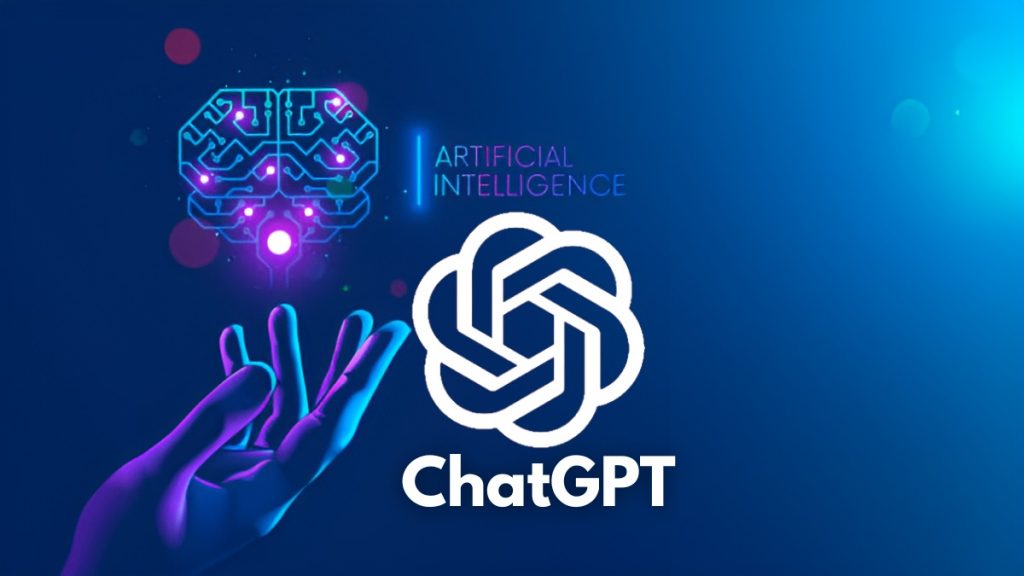
Why is OpenAI banned?
OpenAI has not been banned outright. However, there have been instances where access to or usage of certain OpenAI models or services has been restricted or regulated by certain platforms, communities, or organizations.
These restrictions or limitations can stem from various reasons:
- Concerns about Misuse: OpenAI’s powerful language models, such as GPT-3, have the potential for misuse, including generating misleading information, spreading misinformation, or producing content that violates community guidelines or standards.
- Ethical Considerations: Some platforms or organizations might have ethical concerns about the impact of AI-generated content on user trust, authenticity, or the potential for harm.
- Regulatory Compliance: Certain industries or regions might have regulations or guidelines that restrict the use of AI models for specific purposes, leading to limitations in using OpenAI’s services in those contexts.
- Resource Constraints: OpenAI’s models require significant computational resources to operate, and some platforms or organizations might limit access due to resource constraints or the associated costs.
OpenAI actively works on responsible AI usage, encourages ethical practices, and provides guidelines for responsible deployment of its models. However, restrictions or limitations might still arise based on the policies, guidelines, or decisions of individual platforms, organizations, or regulatory bodies.
It’s essential to stay updated with the latest developments or policies regarding AI usage and OpenAI’s services, as the landscape around AI regulations and ethical considerations can evolve over time.
Can you use ChatGPT without an account?
Directly accessing and using OpenAI’s ChatGPT models typically required an API key, which in turn might involve creating an account with OpenAI to obtain that key. However, OpenAI might offer limited access or demonstrations without requiring a full account.
Some platforms or applications that integrate ChatGPT might provide access without requiring users to create individual accounts directly with OpenAI. These platforms might offer access to the model’s functionalities within their own interfaces or services, allowing users to interact with the AI without needing a separate OpenAI account.
The specific requirements for using ChatGPT can vary based on the platform, service, or application through which you’re accessing it. Some platforms might offer limited demonstrations or access without the need for a full account, while others might require account creation or API keys for more extensive usage.
For the most accurate and updated information on accessing ChatGPT without an account, it’s best to check OpenAI’s official website or the specific platform or application offering the ChatGPT functionality.
How much does OpenAI cost daily?
OpenAI offers various services and models with different pricing structures. The cost of using OpenAI’s services can vary based on factors such as the specific model or API being used, the volume of usage (such as the number of requests or tokens consumed), and any subscription plans or tiered pricing they offer.
As of my last update in January 2022, OpenAI has offered different pricing tiers for accessing models like GPT-3 through their API. These pricing structures often include free tiers for limited usage or experimentation and paid tiers for higher usage limits.
The daily cost of using OpenAI’s services would depend on the usage volume and the specific pricing plan or tier you’re subscribed to. For example, if you’re using an API that charges based on the number of requests or tokens used, the daily cost would depend on how many requests or tokens your application consumes within that day.
It’s important to check OpenAI’s official website or documentation for the most current and detailed pricing information, as their pricing structures might have changed since my last update. Additionally, they might have introduced new models or services with different pricing models that could affect the daily cost of using OpenAI’s offerings.




